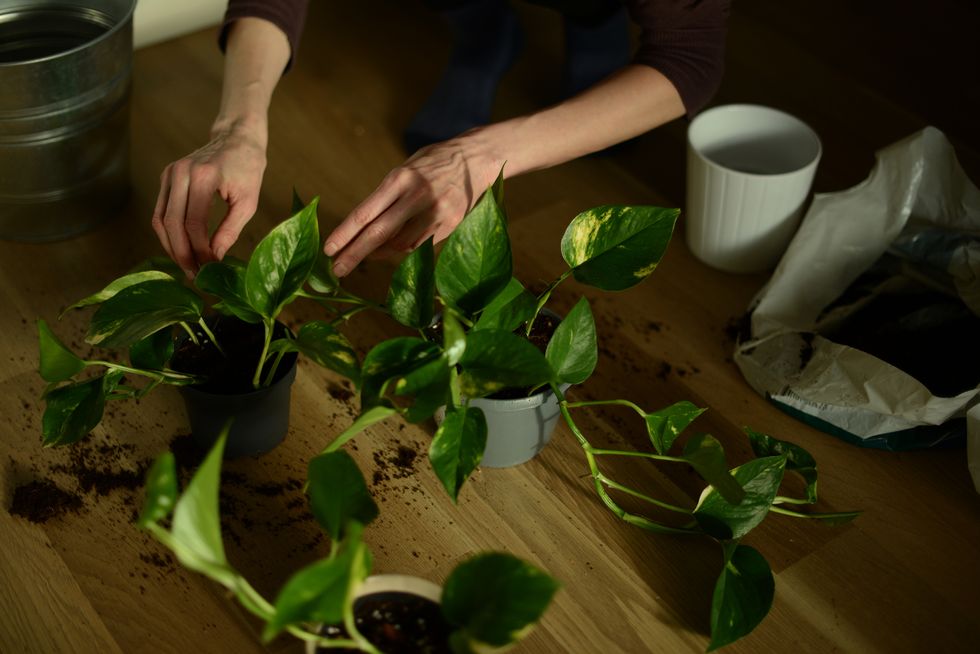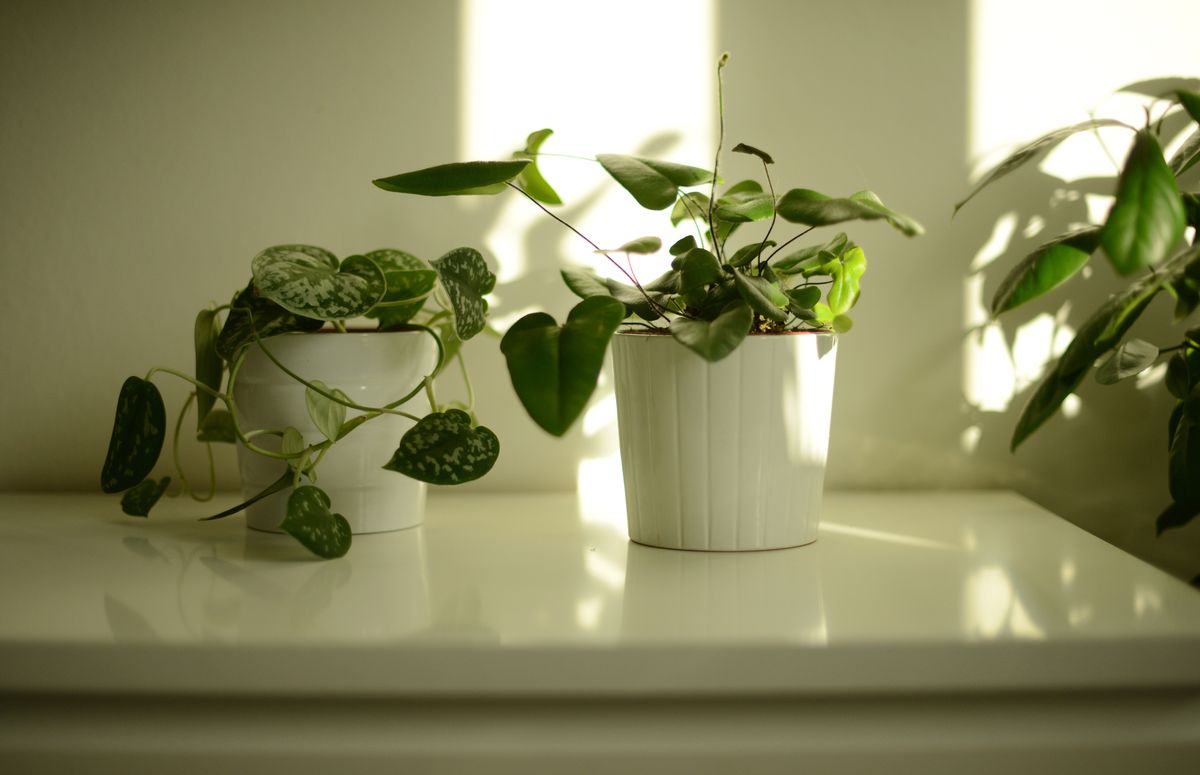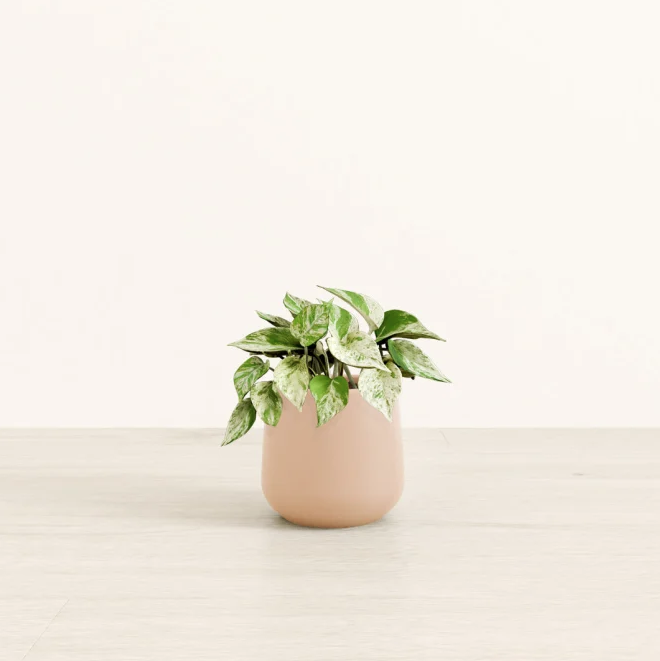Table of Contents
The Ultimate Guide to Pothos Plant Care: Tips for Thriving Indoor Greenery
Pothos plants, also known as Devil’s Ivy, stand out as one of the most low-maintenance indoor plants. Even if you don’t have a green thumb, caring for this beautiful vining plant is a breeze. Native to Southeast Asia, Pothos, scientifically named Epipremnum aureum, boasts thick, heart-shaped leaves, with some featuring variegation in green, white, or yellow.
Why Pothos? A Grateful and Tolerant Companion
Rebecca Sterling, the resident plant expert at easyplant, describes Pothos as remarkably grateful and tolerant. These plants thrive with minimal care, making them an excellent choice for both beginners and experienced plant enthusiasts. Pothos is forgiving when it comes to irregular watering and adapts well to low-light conditions, making it a resilient, long-lasting addition to your indoor garden. Moreover, its tropical charm not only enhances your home’s aesthetics but also contributes to air purification.
Exploring Pothos Varieties
Pothos plants come in various hybrid varieties, each distinguished by leaf variegation patterns. While they share similar growing needs, the lighting conditions influence their appearance. Here are some popular Pothos varieties:
- Golden Pothos: Flourishes in medium to low light, adorned with yellow and green variegation.
- Neon Pothos: Thrives in low light and adds a refreshing touch to your space.
- Marble Queen: Features a regal white-and-green pattern on heart-shaped leaves, requiring more light to maintain its marbled appearance.
- Silver Satin: Boasts dark green leaves speckled with silver, tolerating low water and minimal light.
- Pearls and Jade: Green, white, and gray accents along the edges create a unique look for this Pothos variety.
Mastering Pothos Plant Growth
 Pothos plant care is straightforward, making it an ideal choice for those new to indoor gardening. To ensure your Pothos thrives:
Pothos plant care is straightforward, making it an ideal choice for those new to indoor gardening. To ensure your Pothos thrives:
- Light Requirements: While Pothos can tolerate low light, providing moderate to bright, indirect light encourages optimal growth. Southern or western exposure rooms with ample daylight are ideal.
- Watering Wisdom: Allow the soil to dry out before the next watering, preventing overwatering. Check for drooping or leaf loss as indicators. Remove excess water from the saucer to avoid root rot.
- Potting Perfection: Choose a well-draining potting mix, preferably with fertilizer. Terra cotta pots offer breathability, but glazed or decorative pots work well too. Opt for a pot with drainage holes to prevent root rot.
- Temperature and Humidity: Maintain a temperature above 50 degrees, and aim for humidity levels between 65 to 75 degrees, typical of tropical plants. Pothos thrives in bathrooms due to increased humidity.
- Fertilizing Fun: Use a balanced houseplant fertilizer or a 3-1-2 formula during active growth periods. Avoid fertilizing during colder months when growth is slower.
- Pot Size Matters: Select a pot of the right size to avoid under or overwatering. A well-fitted pot ensures the plant’s well-being.
 Expanding Your Pothos Family Through Propagation
Expanding Your Pothos Family Through Propagation
Pothos offers an exciting opportunity for propagation, allowing you to expand your plant collection easily. Follow these steps:
- Cutting and Rooting: Trim a 6-inch cutting, remove the closest leaf, and place it in water. Once roots form, transfer it to a container with bright, indirect sunlight.
- Endless Possibilities: Pothos’ trailing vines provide versatility in growth, allowing you to control the plant’s wild or compact appearance.
Addressing Common Pothos Pains
While Pothos is hardy, attentive care ensures it thrives rather than merely survives. Keep an eye out for common issues:
- Overwatering Woes: Check soil moisture before watering. Overwatering can lead to root rot, while underwatering results in shriveled leaves.
- Leaf Discoloration: Brown or yellow leaves signal a lack of water. Adjust your watering schedule accordingly. Pale or brown leaves indicate excessive sunlight, while blackened leaves suggest exposure to cold temperatures.
- Pest Prevention: Although Pothos is resistant to pests, occasional mealybugs may appear. Remove them using rubbing alcohol or insecticidal soap.
By mastering these Pothos care tips, you’ll ensure your indoor green companion not only survives but thrives in its new home. Elevate your plant parenting skills and watch your Pothos flourish with style and grace.



 Expanding Your Pothos Family Through Propagation
Expanding Your Pothos Family Through Propagation

